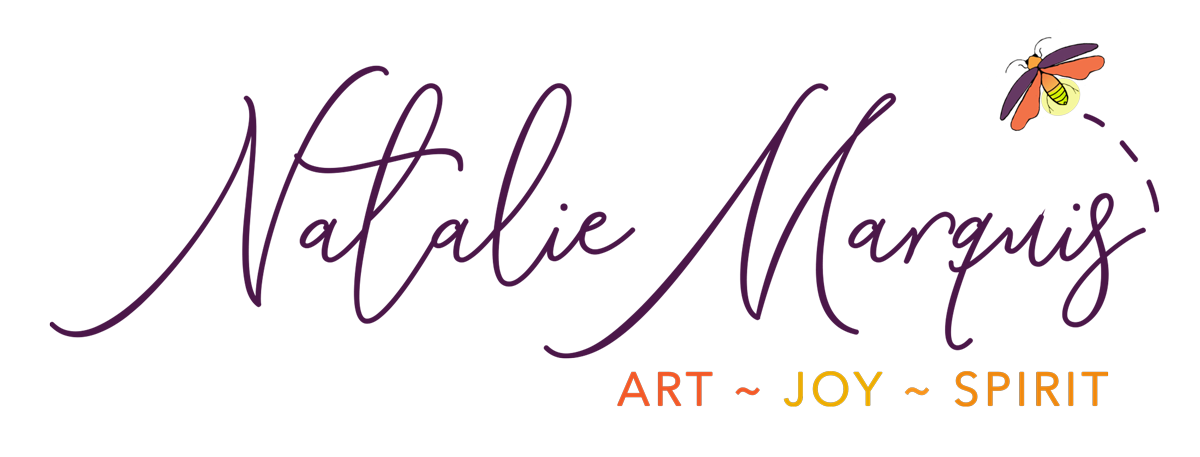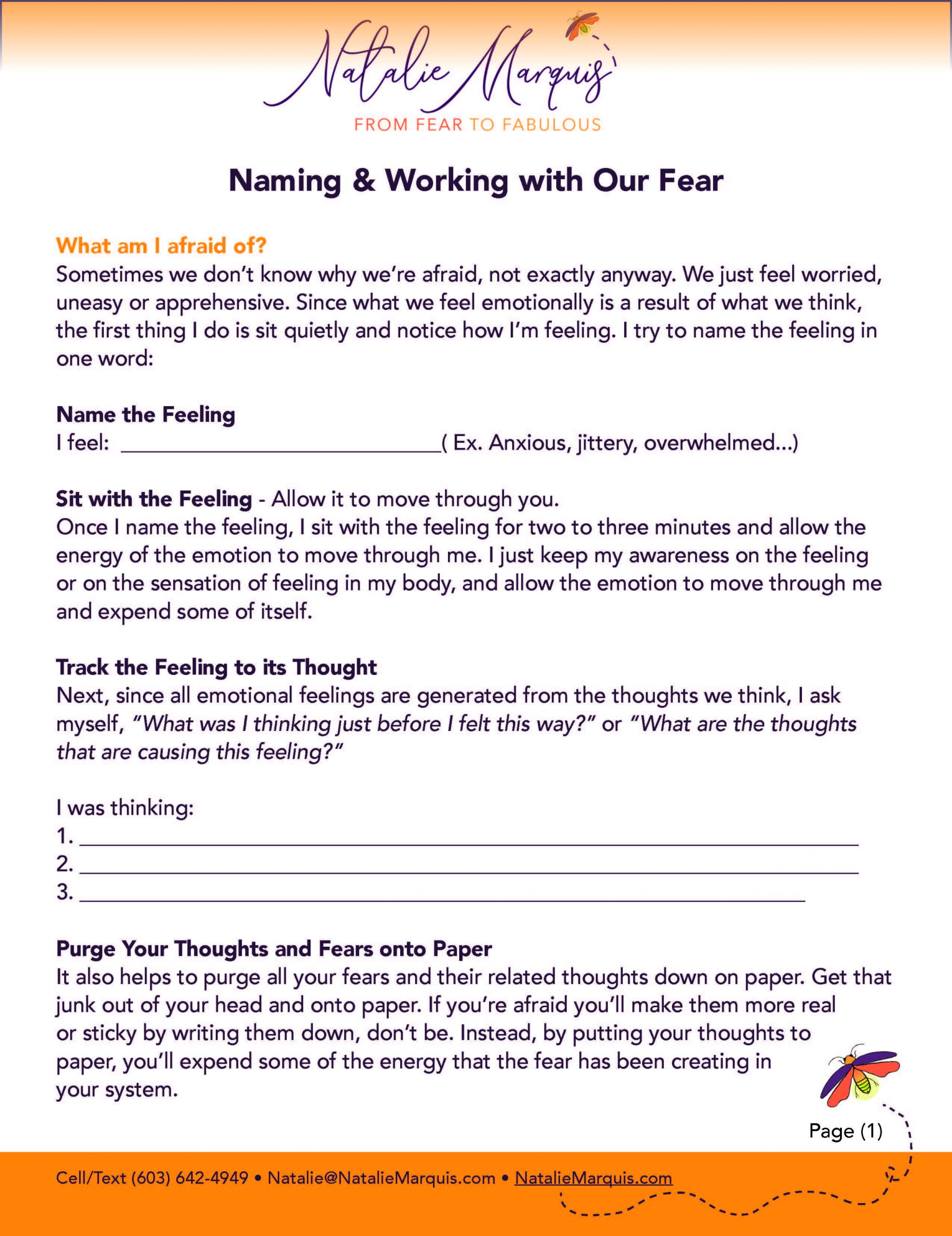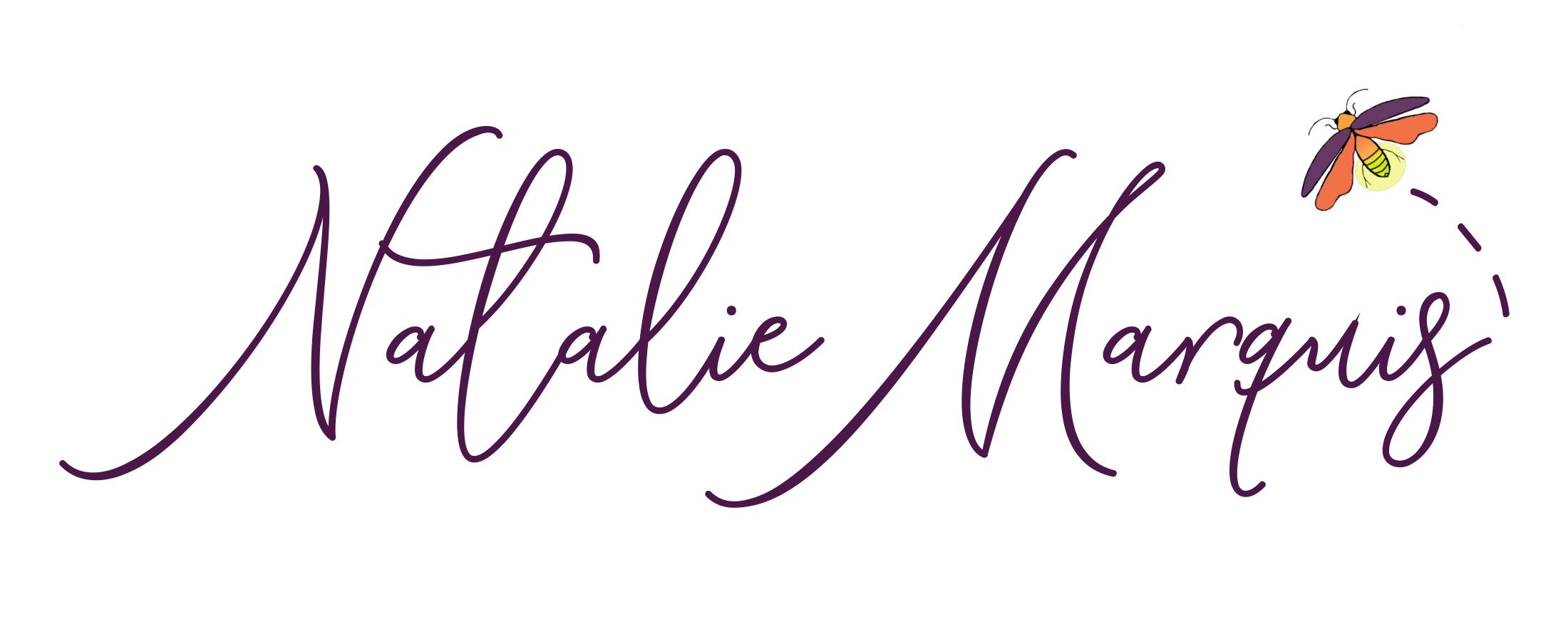Fear

The Emotion No One Likes to Talk About
Did you ever read the Harry Potter Series? Our avoidance of talking about this emotion reminds me of the Harry Potter story. My son was ten years old when the first book in the series, Harry Potter and the Philosopher’s Stone, was first released. We took turns reading that book out loud to each other while on a family road trip, and after that we were hooked on Harry Potter. I remember we eagerly looked forward to the release date of each subsequent book after that. I’d always been a voracious reader and wanted to encourage my son to enjoy reading as well, so I let him read the book first while I patiently waited, or not so patiently lol, until he finished it. These are some fun memories for me.
In any case, the emotion that no one likes to talk about reminds me of how no one would speak the villain’s name in the Harry Potter series. Instead they would refer to the villain as “He who should not be named” or “you know who.” They had a superstitious belief that saying his name out loud gave him more power. And in the final book, “He who should not be named” put a curse on his name, so that uttering it acted like a beacon and summoned the Death Eaters. Frightening I know!
When we don’t talk about fear, it controls us
For those of you that haven’t read the Harry Potter series, “He who should not be named” is Lord Voldemort. I find it interesting, and probably no coincidence, that the name Voldemort means “Flight of Death.” I feel this is exactly what happens when we don’t talk about that emotion that no one likes to talk about. When we don’t talk about fear, it controls us and we experience a flight of death, or more to the point, a slow death of our spirit and zest for life.
Fear is the boogeyman we hide from. The idea occurred to me when I was doing some really fabulous one-on-one interviews with of some of my subscribers. I found it interesting that most said they didn’t experience fear, instead they said they felt doubtful and unsure about what to do next. You can call it by other names, but in truth, the key driver behind all feelings of doubt and lack of clarity is the fear of making the wrong choice, of making the wrong decision, or perhaps even failing because of that choice or decision down the line.
Fear is a spectrum. From instinctual fear that propels us to run from an attacker, to normal or healthy fears that inspire us to take good care of our health or plan for retirement, to irrational fears that don’t makes sense but hold us prisoner anyway. Feeling fear sucks, yet it’s ultimately designed to protect and help us. However, it can only do this if we face the fear and name it.
Unfortunately, all to often, we stuff it down. Sometimes so far out of sight that we almost forget it’s there. Almost. Because it’s still there lurking beneath the surface. We know it’s there because we feel stuck, stagnant, lost or confused. Many of my clients tell me “I don’t know what I want or what to do.” I don’t know if I should leave my husband. I don’t know if I should take that job. I don’t know what my purpose is.” Most of the time, this isn’t true. They do know. It’s just gotten buried beneath a bunch of garbage. My job as a healer and a coach is to help them recognize and get comfortable with their own truth, and to encourage them as they take action.
My fear and anxiety breakthrough
Please know I totally understand why you don’t want to look at fear, never mind deal with it. I don’t have a degree in psychology, but I do have a ton of life experience, maybe even the equivalent of a Master Degree when it comes to fear. I struggled with fear and anxiety in my teens, battled panic and anxiety attacks in my twenties and early thirties. In my journey to heal, I read a boatload of books, tried many things that helped and a lot that didn’t, all the while dodging fear like the “Death Eaters” in the Harry Potter series. Eventually, thanks to my counselor at the time, I discovered and read Jon Kabat Zinn’s book The Full Catastrophe[1] and signed up for a local 8-week Mindfulness Based Stress Reduction [2]program that the book was based on. That 8-week program radically changed my life for the better. Eight-weeks later no more panic attacks!
For more than twenty-five years, thanks to an almost daily practice of meditation and mindfulness, I had no anxiety or panic attacks, just the normal amount of fear. During that time, I ran a successful marketing company, got divorced, traveled cross-country twice by myself to places where I didn’t know a soul and started a new life. I got pretty good at facing normal fear and moving through it. Then this past June I experienced some trauma that triggered anxiety attacks once again. In some ways it was worse than my previous battle with anxiety. The practice of mindfulness coupled with the daily intuitive work I do as a healer, reader, and coach has made me hyper-aware of my internal landscape. Suddenly I was painfully aware of almost every anxiety-related thought, feeling and sensation as it moved through my system. The upside was that I had the tools and knowledge from my earlier experience to guide me. I also discovered new tools like Thought Field Therapy™, also known as TFT, Organic Intelligence[3]®, and the DARE Response[4] book on anxiety, all hugely helpful resources. I found TFT so helpful that I became certified practitioner.
My point is I have deep experience and knowledge about fear, how it works, how to overcome it, and I’m always learning more about it. I truly and compassionately understand why you don’t like fear and why we so often avoid it at all costs.
We give fear more power when we don’t face it
The important thing I want you to know is that we give fear more power when we don’t face it. And, we give it even more power when we don’t name it. Monica Berg, the author of Fear is Not an Option says, “You feed the fear every time you give into it.” My goal is to inspire you to face your fear, to bring it into the light and name it. This is our point of power. Only then can we diffuse, shift, and transform it.
How do we transform fear? I’ll show you one of the ways I work with fear in moment, but first let’s review why it’s important to bring fear into the light.
Fear keeps us living in our comfort zone instead of expanding into our passion zone.
It’s important because when our fears stay hidden they grow and our world shrinks. It controls our lives. It holds us back. When we don’t face and name our fear, we contract, we don’t speak up, we repress our thoughts, feelings and desires. We avoid. We ignore. We distract ourselves with food, booze, drugs, shopping, sex, gossip, gambling or mindless busyness. We blame the economy, our parents, our partner, the kids, or karma. We survive rather than thrive. We ignore our instincts and our intuition. We become stagnant and stale. Fear keeps us living in prison, but it’s a prison of our own making. Fear keeps us living in our comfort zone instead of expanding into our passion zone. It’s to take our power back, to bring fear into the light, to name it and work with it, so we change our lives for the better. I serve as a living example that this is truly possible.
Here are some things to know about fear:
- According to a Google search, the online Oxford dictionary [5]says “Fear is an unpleasant emotion caused by a belief that someone or something is dangerous and likely to cause pain or threat.” The two key elements I want you to remember about this definition is that fear is an emotion and it’s caused by a belief. Fear is an emotion caused by our thoughts. This is great news! It’s great news because we can change our thoughts. And, we when change our thoughts, we change how we feel. This isn’t some law of attraction mumbo jumbo. I’m not saying, “just think happier thoughts.” There are strategies that we can use to change our thinking and feeling patterns into ones that fuel us rather than drain us. I’m going to dive into some of these in future podcasts.
- Fear often lies. Unless it’s instinctual fear and someone is mugging you or a dog is attacking you, then quite often the fear is a lie. The brain’s job is to protect you. It has a negative bias [6]and is programmed to see potential threats [7] Most of our fears, in this day and age, are not real threats. They are imaginary. Don’t believe everything that fear tells you. Rudyard Kipling said, “Of all the liars in the world, sometimes the worst are our own fears.” And another wise person gave us a handy acronym for F.E.A.R. telling us that it’s False Evidence Appearing Real.
- The next thing to know about fear is that is normal. It’s part of the human condition. Most of us feel a little of it everyday, especially if we’re pursuing our passions and trying new things. Expect fear. Prepare for it. Learn to live with the discomfort fear brings. Actors and athletes do this. They learn to let “stage fright” and nervous pre-event energy move through them to fuel their performance. Eventually, I want you to think of fear as being so normal; it almost becomes boring to you. “Oh there it is again. Fear, worry, doubt, trepidation, anxiety, unease. Hello there. It must mean I’m stretching my comfort zone on the way to living my potential. Yay me!”
- Fear creates a biological response in the body. Our emotions create sensations in our body. The fight, flight or freeze response that fear generates causes physical sensations in our body, anywhere from a tightening in our gut to heart-pounding, narrowed vision and shortness of breath. When a real threat occurs, this response is meant to get us to take action that will save our lives. However, unhelpful thinking patterns can cause these very same responses. This is where generalized anxiety and stress related anxiety come from. The key to navigating our feelings of anxiety, is to keep our awareness and focus on the sensations of the body, this gives the sensations time to expend themselves without fueling them with more anxious thoughts. The DARE Response[8] book on anxiety goes into great detail on this and I highly recommend it if you routinely struggle with anxiety. I’ll include a link the show notes for you.
- Most of our fears are based on old programming. According to the Cleveland Clinic, we have about 60,000 thoughts per day[9]. Of those, 80% are negative and 95% are repetitive thoughts. That’s worth repeating – 80% are negative and 95% are repetitive.[10] This means we think the same unhelpful junk everyday! The more we think junky thoughts, the more our brain gives us more junky thoughts and the more junky things we experience in life. The good news is we can change this. It’s completely in our power to change our minds. We do it everyday. Rather than wear the slacks and blouse we put out the night before, we decide to wear a dress instead. Rather than eat the lunch we brought to work, we decide to go out for lunch with a co-worker. Rather than watch the next episode of Madam Secretary we watch a documentary or a comedy movie instead. Granted, the thoughts that come from old-programming are more habitual and therefore a bit sticker. It will require awareness and persistence to change them. But changing them is completely within our power .
- Fear has a lot of synonyms but they all boil down to the same thing. Here are some words to help you name your fear. Some intense words for fear are terror, horror, alarm, panic, phobia, and fright. On the more moderate spectrum we have agitation, dread, nervous, worry, jitters, and scared. And, on the lower end of the spectrum we feel concern, uneasy, apprehensive, timid, doubt, angst, trepidation, and hesitation.
What do we do once we name our fear?
First pat yourself on the back, because this HUGE. We can’t change what we can’t name. You’re no longer resisting and ignoring it. You’ve brought your fear into the light. Naming your fear is the first step in transforming it.
The second step is to get to know your particular fear. For this, I find questioning and journaling to be helpful techniques for unearthing and working with fear.
A side note first: This work is primarily for those experiencing fear that is in the mid to low end of the spectrum. If you’re in the throes of high levels of anxiety or an anxiety or panic attack, you’ll want to wait for the anxiety to subside before doing the following work. At this point, thinking about the anxiety producing thoughts would just fuel more anxiety. Once the body calms, then you can try the following techniques.
One of the brilliant things I learned from Brooke Castillo, of The Life Coach School podcast[11], is that all emotions come from thoughts. I probably read that concept in other books a dozen different ways but when I heard her talk about what she calls The Model[12], a billion light bulbs went off in my head. I felt like THE missing piece in managing my mental mindset had finally landed in my lap. Hallelujah!!
I’ll go into The Model in detail in a future article but for now knowing that all emotions come from thoughts is huge. This means we can use our emotions to trace back and find the unhelpful thoughts and limiting beliefs that created the emotion. So the first thing I do, is sit quietly and notice how I’m feeling, then I ask myself, “What was I thinking just before I felt this way?” or “What are the thoughts that are causing this feeling?” Then, write down every single thought that crosses your mind. Purge them all onto paper. Get that junk out of your head and onto paper. You won’t make them “more real” by writing them down. Instead, because you’re taking action you’ll expend some of the energy that fear is creating. You might also try exploring this statement, “If I’m completely honest with myself, I’m really afraid that…”
Next, you take your biggest fear from and ask yourself:
- Is what the fear telling me absolutely true?
- What would be the worst outcome and what might I do if it happened? (Ex. If I launch a new business and fail, I’d go bankrupt and have to rely on family and friends).
- What evidence around me supports the fear-based thought? (Ex. A friend of mine had to declare bankruptcy when his Internet business failed.) What contradicts it? (I’ve met lots of small business owners whose businesses are growing and doing well. Plus, according to research conducted by the U.S. Bureau of Labor Statistics only 20% of new businesses fail during the first year, with 50% failing by their fifth year[13]. So if I plan and manage my business well and get the right mentoring and support, I have a good chance of being successful as well.)
How do you know what to do next?
After doing this, you might decide that this is a fear you can face; that in your heart of hearts you really do want to move forward. How do you know what to do next? Ask yourself, “If I knew I couldn’t fail, this is what I would do next…” Make a list of 5 to 10 possible baby steps or action steps that will move you in the direction of your goal. Pick one and do it today! Emotion is energy that wants to move. This means the energy of the fear will begin to subside once you start taking action. Ralph Waldo Emerson said, “Do the thing you fear and the death of fear is certain.”
When we boil it all down, the Harry Potter series is a story about the power of love and ones ability to overcome fear. The truth is, we all have this ability in us, to let what we love and what we’re passionate about be bigger than our fear; to use the energy of that love and that passion to help alchemize and move us through the fear. It’s not magic. It’s a choice. And, it’s one that can give you new life should you choose to name your fear and move through it.
|
Questions to Ponder
- For each area of your life, such as career, relationships, health, finance, etc., ask yourself, “What am I afraid of?”
- How do I distract myself from fear?
- How do I want to feel instead?
Free Worksheet
This 4-page worksheet walks you through a helpful questioning and journaling process to help you understand and move beyond the fears that are keeping you from feeling your best.
Other Resources
20 Questions to Ask Yourself When You Feel Fear
How Fear Holds Us Back and How to Conquer It
Foot Notes
[1] https://www.amazon.com/gp/product/0345536932/ref=as_li_tl?ie=UTF8&tag=nataliemarqui-20&camp=1789&creative=9325&linkCode=as2&creativeASIN=0345536932&linkId=1f1262c4d7e3371e76798c9474c9eeab
[2] https://www.umassmed.edu/cfm/mindfulness-based-programs/
[3] https://organicintelligence.org/
[4] https://www.amazon.com/gp/product/0956596258/ref=as_li_tl?ie=UTF8&tag=nataliemarqui-20&camp=1789&creative=9325&linkCode=as2&creativeASIN=0956596258&linkId=6a36a7c32cb5dc632119402ccdf5136e
[5] https://www.lexico.com/en/definition/fear
[6] https://psycnet.apa.org/doiLanding?doi=10.1037%2F0033-2909.134.3.383
[7] https://www.psychologytoday.com/us/articles/200306/our-brains-negative-bias
[8] https://www.amazon.com/gp/product/0956596258/ref=as_li_tl?ie=UTF8&tag=nataliemarqui-20&camp=1789&creative=9325&linkCode=as2&creativeASIN=0956596258&linkId=6a36a7c32cb5dc632119402ccdf5136e
[9] https://www.fastcompany.com/40444942/the-one-question-i-ask-myself-to-stop-negative-thoughts-from-ruining-my-day
[10] https://tlexinstitute.com/how-to-effortlessly-have-more-positive-thoughts/
[11] https://thelifecoachschool.com/podcasts/
[12] https://www.youtube.com/watch?v=En3_jDNifC0
[13] https://www.lendingtree.com/business/small/failure-rate/





